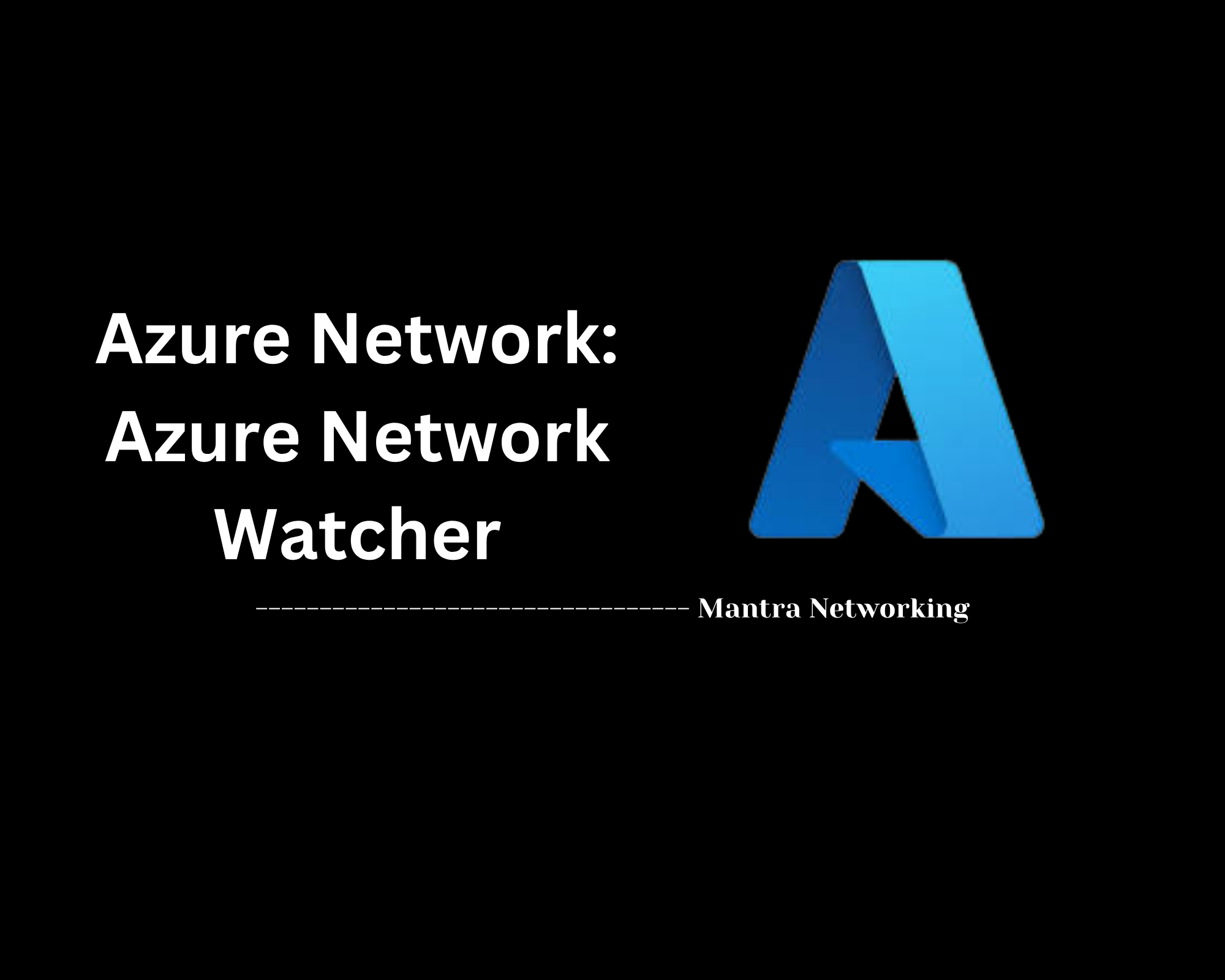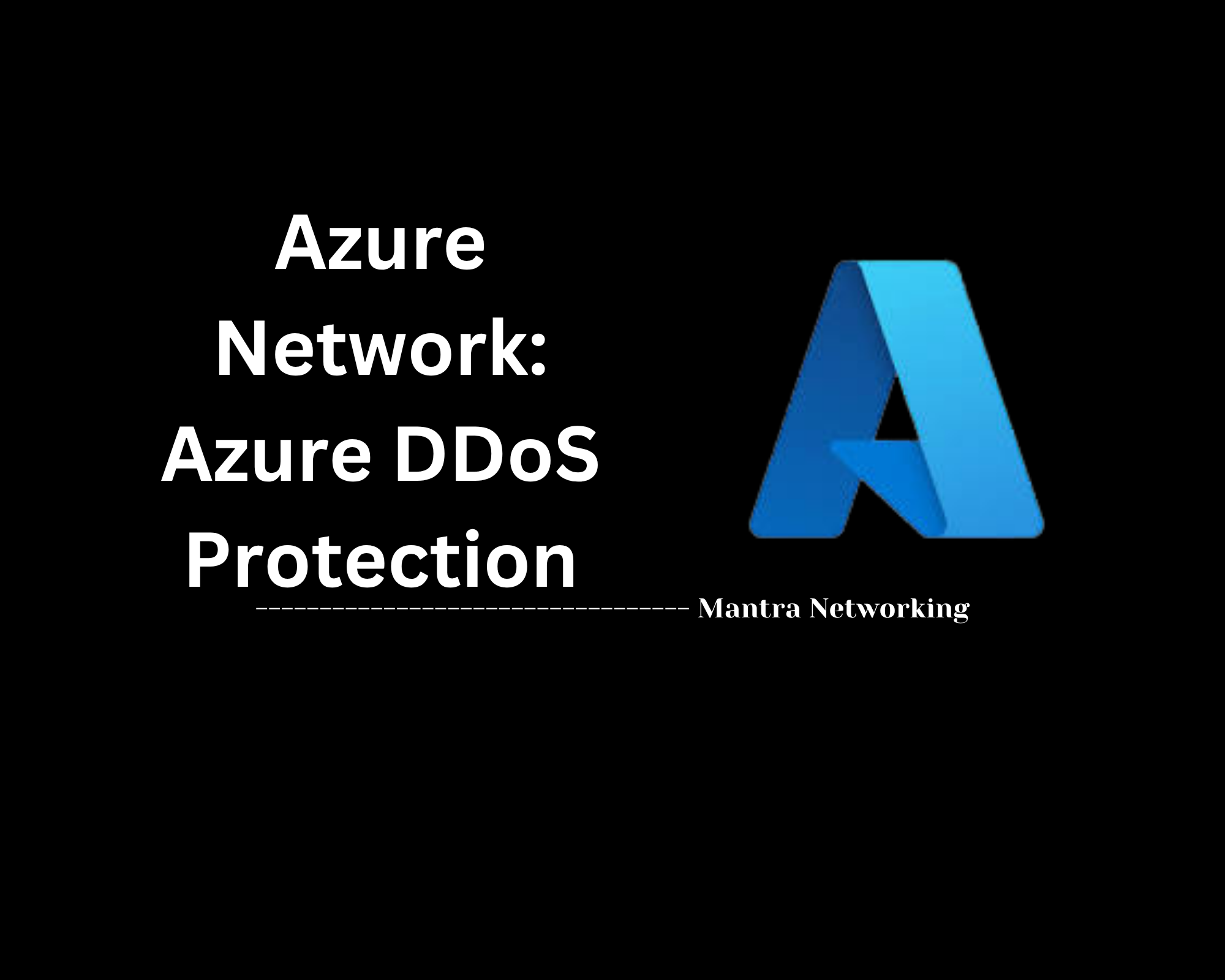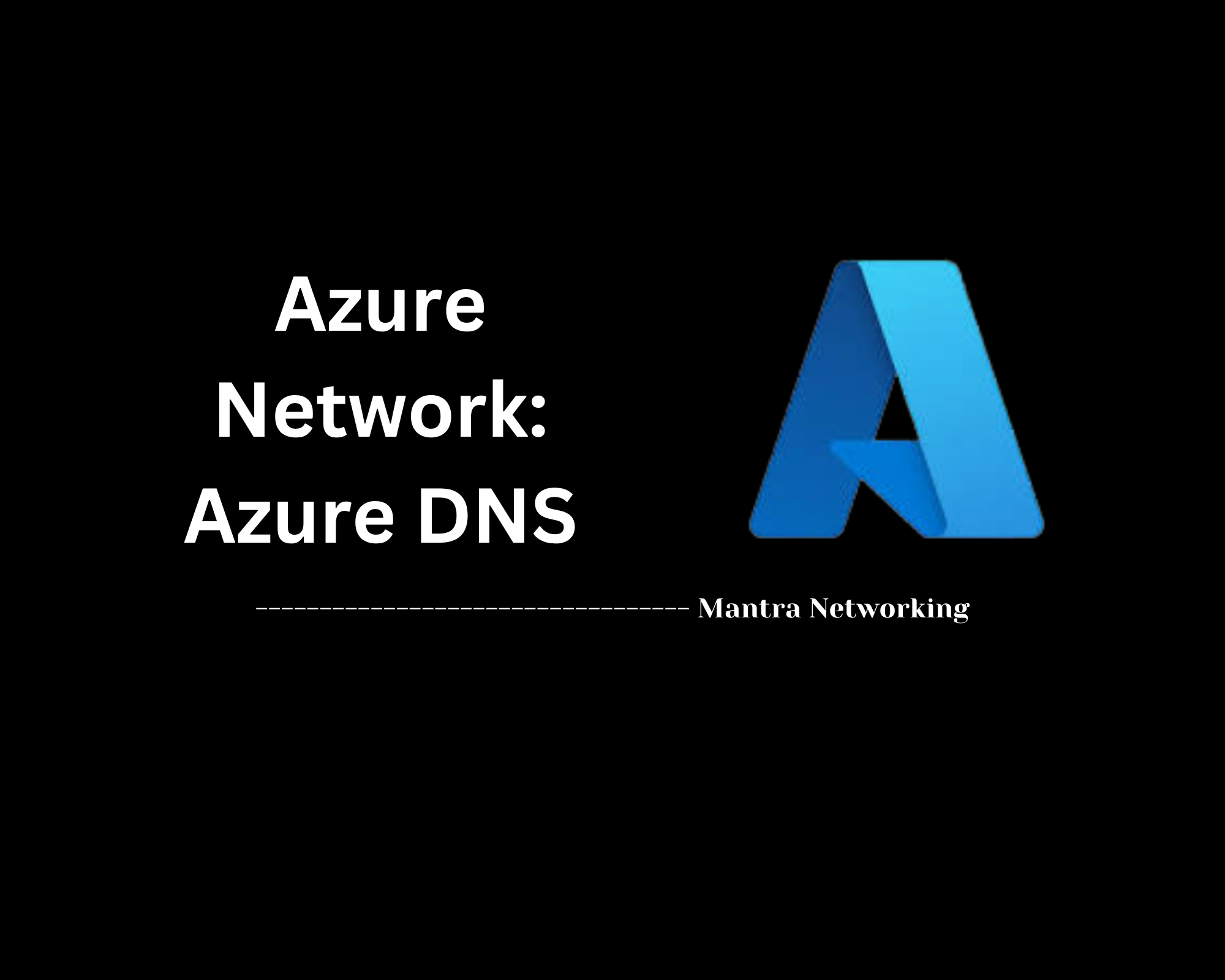Table of Contents
- Overview
- Glossary of Terms
- Typical VNet Limits (as of 2025)
- VNet Use Cases
- Best Practices
- Conclusion
Azure Virtual Network (VNet): Overview
What is Azure Virtual Network (VNet)?
Azure Virtual Network (VNet) is the foundation of networking in Microsoft Azure. It allows you to create your own secure, isolated, and logically segmented cloud network within the Azure ecosystem. VNets are similar in concept to a traditional on-premises network but exist entirely in the cloud, giving you full control over your networking environment, including address spaces, segments (subnets), and access controls.
Why You Need to Know About VNets
- Security and Isolation: VNets act as secure, private networks for your Azure resources. You control access using subnets, network security groups, and routing, ensuring sensitive assets remain isolated from unauthorized users or the public internet.
- Scalable Architecture: As your business grows, so can your network. VNets make it easy to segment workloads by environment or application, support complex architectures like multi-tier applications, and expand across multiple regions or subscriptions.
- Hybrid Connectivity: VNets seamlessly integrate with on-premises datacenters through site-to-site VPN or ExpressRoute connections, enabling hybrid cloud infrastructure without sacrificing network integrity.
- Service Integration: VNets can connect to Azure services such as storage accounts, databases, or web apps in a secure, private manner using capabilities like service endpoints and Private Link, ensuring data never leaves Microsoft’s backbone network.
- Compliance: Many industries require strict data segregation and regulatory controls. VNets help meet compliance needs by providing network-level boundaries and extensive auditing features.
How Azure VNets Work
- Address Space: You define a private IP address range for your VNet using CIDR notation (e.g., 10.0.0.0/16). All resources within the VNet are assigned IPs from this range.
- Subnets: The address space is subdivided into subnets. Each subnet isolates workloads, restricts access, and can host distinct resource types such as web, application, or database servers.
- Resource Deployment: Virtual machines, databases, and other cloud services are deployed into these subnets. These resources can communicate freely within the VNet or across peered VNets.
- Traffic Control: Using network security groups (NSGs), route tables, and application security groups (ASGs), you establish granular rules for what traffic can flow within and between subnets, or to the internet.
- Hybrid and External Connectivity: VNets connect to other VNets (via peering) and on-premises networks (via VPN or ExpressRoute). They can also securely attach to Azure platform services using service endpoints or Private Link.
- Monitoring and Management: Azure provides tools to monitor, log, and audit network traffic, helping you enforce compliance, troubleshoot issues, and optimize connectivity.
Understanding VNets is essential for anyone building or managing cloud environments on Azure. They are the backbone of secure, scalable, and flexible networking in the Azure cloud.
Glossary of Terms
This section defines the essential concepts and lingo used in Azure Virtual Network (VNet) deployments:
- Virtual Network (VNet): The foundational component in Azure networking that enables secure, private communication among resources, on-premises environments, and the internet within a logically isolated network.
- Subnet: A segment within a VNet consisting of a range of IP addresses, used to organize and secure resources with improved traffic management.
- Address Space: The pool of IP addresses (private per RFC 1918 or public) defined for a VNet from which resources get assigned their network identities.
- Network Security Group (NSG): A set of access control rules applied at the subnet or network interface, used to allow or deny inbound/outbound traffic and enhance overall network security.
- Virtual Network Peering: The linking of two VNets (within or across Azure regions) for private traffic exchange, as though they were on the same network.
- Virtual Network Gateway: A gateway device that provides secure cross-premises VPN or ExpressRoute connectivity, or links between different VNets.
- Service Endpoints: Extend your VNet’s private address space to Azure services, securing service traffic over the Microsoft backbone network instead of the public internet.
- Private Link: Allows secure, private connectivity from a VNet to Azure services using a private endpoint located within the VNet’s address space.
- Application Security Group (ASG): Logical containers that simplify network security rule management by grouping VMs running similar workloads, allowing more flexible NSG configurations.
- DNS in VNet: Name resolution for resources inside a VNet, configurable using Azure managed DNS or custom DNS servers.
Typical VNet Limits (as of 2025)
This section outlines the default and maximum limits for common Azure Virtual Network (VNet) resources. These limits are subject to change—always check the latest Azure documentation if you require increased capacity or have specific workloads.
| Resource | Default Limit | Maximum Limit | Notes |
|---|---|---|---|
| VNets per subscription per region | 50 | 500 (by request) | Limit can be raised via support request[1][16]. |
| Subnets per VNet | 3,000 | 3,000 | -- |
| Private IP addresses per VNet | 65,536 (with /16 CIDR) | 65,536 | Larger address spaces possible with smaller subnet masks[1][9]. |
| Virtual network peerings per VNet | 1,000 | 1,000 | Peering soft limits adjustable by request[8][16]. |
| Network Security Groups per region | 5,000 | 5,000 | Limit per Azure region per subscription[1]. |
| NSG rules per NSG | 1,000 | 1,000 | Inbound and outbound combined[1]. |
| Route tables (user-defined) per subscription | 400 | 400 | -- |
| Routes per route table | 400 | 400 | Limit can increase with Virtual Network Manager[6]. |
| DNS servers per VNet | 25 | 25 | -- |
| Public IP addresses per subscription per region | 60 | Unlimited (by request) | Higher quotas available via support[1][7]. |
| Application Security Groups per subscription per region | 5,000 | 5,000 | -- |
| Virtual Network Gateways per subscription per region | 10 | 10 | Used for VPN/ExpressRoute connections[1]. |
Tip: If you need to scale beyond these limits, submit a support request to Azure for a potential increase. Always consult the latest official documentation for updated and region-specific quotas.
VNet Use Cases
This section highlights common scenarios where Azure Virtual Networks (VNets) deliver practical value and flexible network architectures:
- Isolated Environments: Separate workloads—like development, testing, and production—into distinct VNets or subnets for robust isolation, security, and compliance[3][7].
- Multi-tier Applications: Deploy applications with web, app, and database tiers in separate subnets. Use Network Security Groups to restrict access, ensuring the database remains insulated from direct public internet exposure[3][7].
- Hybrid Networking: Extend on-premises networks to Azure using VPN Gateway or ExpressRoute, enabling secure communication and seamless resource integration between cloud and on-premises environments[3][9].
- Secure Service Access: Use service endpoints and Private Link to provide secure, private connectivity to Azure PaaS resources (like Storage or SQL Database), ensuring sensitive traffic never traverses the public internet[3].
- Network Segmentation: Organize resources across multiple subnets and enforce security boundaries for compliance, application updates, or to delegate administrative control[3][10].
- Inter-VNet Communication: Connect multiple VNets within or between regions using VNet peering or Azure Virtual Network Manager, supporting global, distributed architectures[3][2].
- Internet Connectivity: Enable resources to communicate with the internet using public IP addresses, NAT Gateway, or load balancers. From September 2025, explicit outbound methods are required for new VMs to access the internet, such as NAT Gateway or Load Balancer outbound rules[5][11].
- Lab and Testing Environments: Rapidly spin up VNets to host virtual labs for application testing, demos, or training without impacting production networks[9].
Tip: Choose and combine these use cases to design networks tailored for your organization’s scale, security, and performance needs.
Best Practices
This section presents essential recommendations for designing, deploying, and managing Azure Virtual Networks (VNets) for security, scalability, and efficiency:
- Plan Address Space Carefully: Allocate non-overlapping address spaces using private IP ranges (RFC 1918). Overprovision your subnets but avoid excessive allocation to prevent address exhaustion and allow room for future growth[3][8][10].
- Segment and Secure with Subnets: Divide the VNet into subnets based on workload or function. Use Network Security Groups (NSGs) and Application Security Groups (ASGs) to enforce granular access controls on each subnet[3][4][9].
- Minimize Public Exposure: Reduce the use of public IP addresses. Whenever possible, use Azure Private Link, service endpoints, or VPN/ExpressRoute for secure private connectivity[2][5][10].
- Leverage Built-in Security Features: Enable DDoS Protection Standard, use NSGs to allow/deny only required traffic, and prioritize rule organization for clarity and future maintenance[4][6][9].
- Design for High Availability and Resilience: Distribute resources across availability zones and regions, and implement redundant or zone-redundant gateways to avoid single points of failure[8][17].
- Monitor and Audit Network Traffic: Use Azure Monitor and Network Watcher to collect logs, analyze traffic patterns, and be alerted of abnormal or unauthorized activity[4][14].
- Automate and Document Configurations: Use Infrastructure as Code (IaC) tools like Bicep, ARM templates, or Terraform. Maintain clear documentation and automate consistency across environments[8][14].
- Enable Encryption: Encrypt all sensitive data in transit using IPsec VPNs, TLS/SSL, and encrypt at rest via Azure Storage Service Encryption and Azure Key Vault[5].
- Optimize for Cost and Performance: Minimize cross-region transfers to lower costs and latency, use Content Delivery Networks (CDNs), and choose cost-effective network topologies like hub-and-spoke for manageability[10][11][14].
- Regularly Review and Update Security Rules: Periodically audit NSG and firewall rules, update according to changes in workloads, and adhere to the principle of least privilege[4][5].
Tip: Always consult the latest Azure documentation, as best practices and platform capabilities evolve rapidly.
Conclusion
Azure Virtual Networks (VNets) form the backbone of modern, secure cloud networking within Microsoft Azure. Throughout this blog post, we've explored the core components, key terminology, default limits, best use cases, and best practices for building scalable and secure network architectures in Azure.
Key Takeaways
- Solid Foundation: VNets allow you to create logically isolated cloud networks and connect resources securely within Azure or between your on-premises datacenters and the cloud.
- Granular Security: By leveraging features like subnets, Network Security Groups, and Private Link, you can finely control access and minimize public exposure.
- Flexibility & Scalability: VNets support complex, multi-tier applications, hybrid networking scenarios, and seamless integration with a range of Azure services.
- Best Practices Matter: Thoughtful planning and constant review of address space, security rules, and performance settings are vital for resilient and cost-effective network operations.
- Continual Learning: Azure networking evolves quickly! Regularly check the latest official documentation and keep up-to-date with new features and recommended configurations.
By following these best practices and making use of Azure’s rich networking capabilities, you can design infrastructures that are secure, high-performing, and ready to scale with your business needs.
Thank you for joining us as we explored the essentials of Azure Virtual Networks! If you have questions, tips, or want to share your own experiences, feel free to comment below or reach out. Happy networking in the cloud! 🚀



